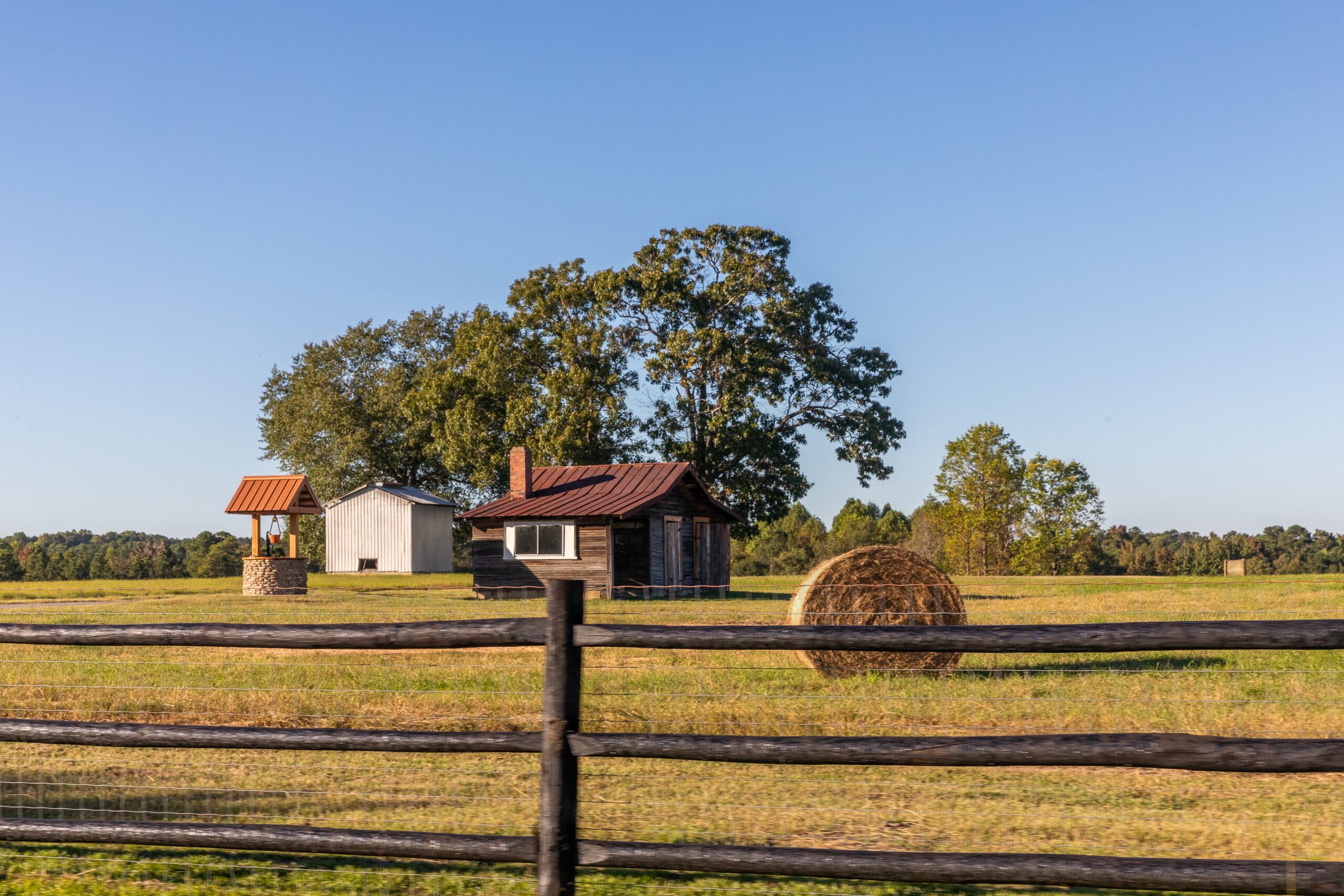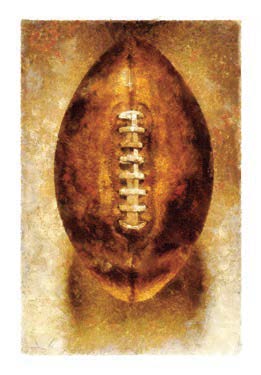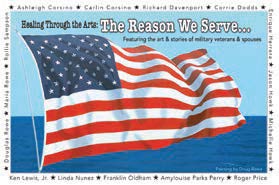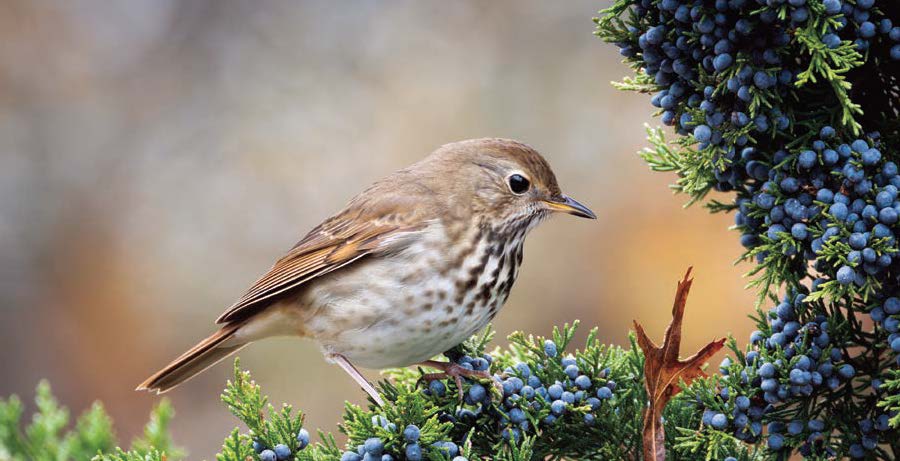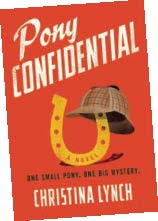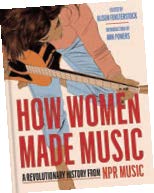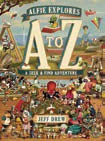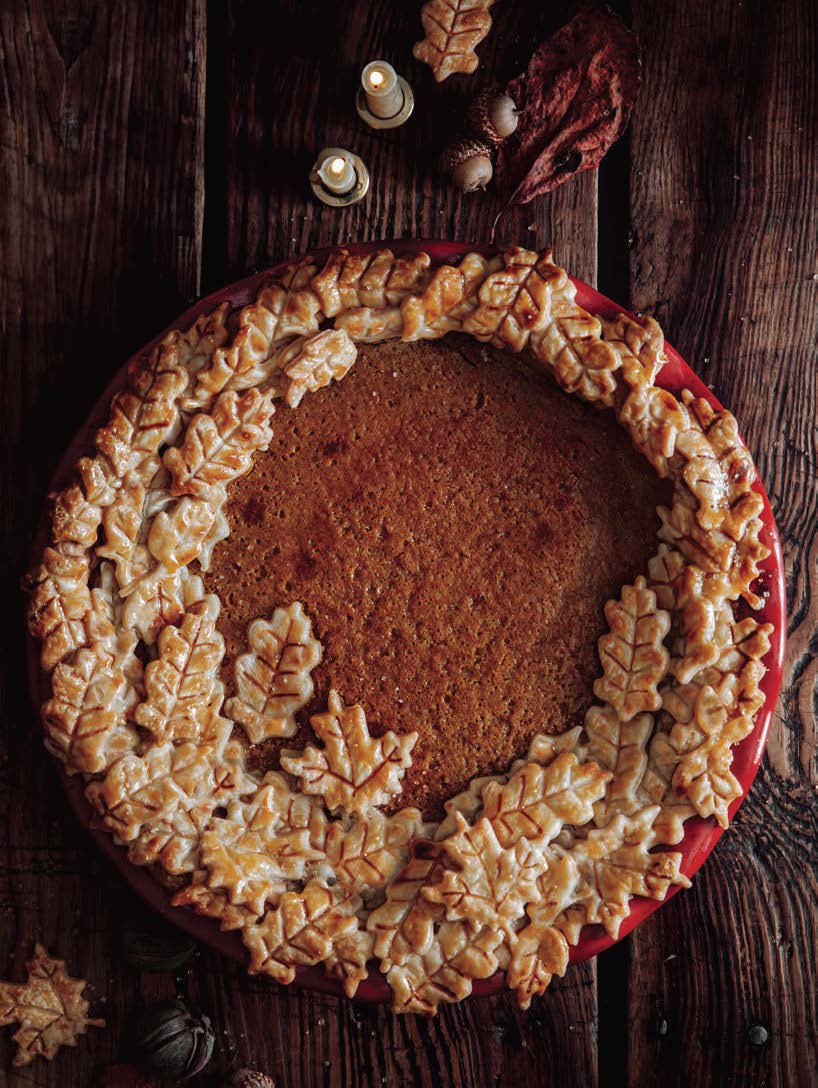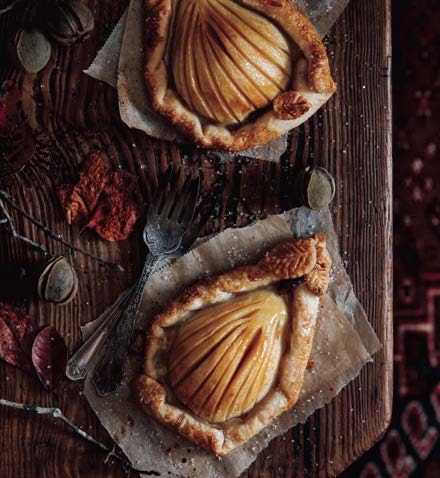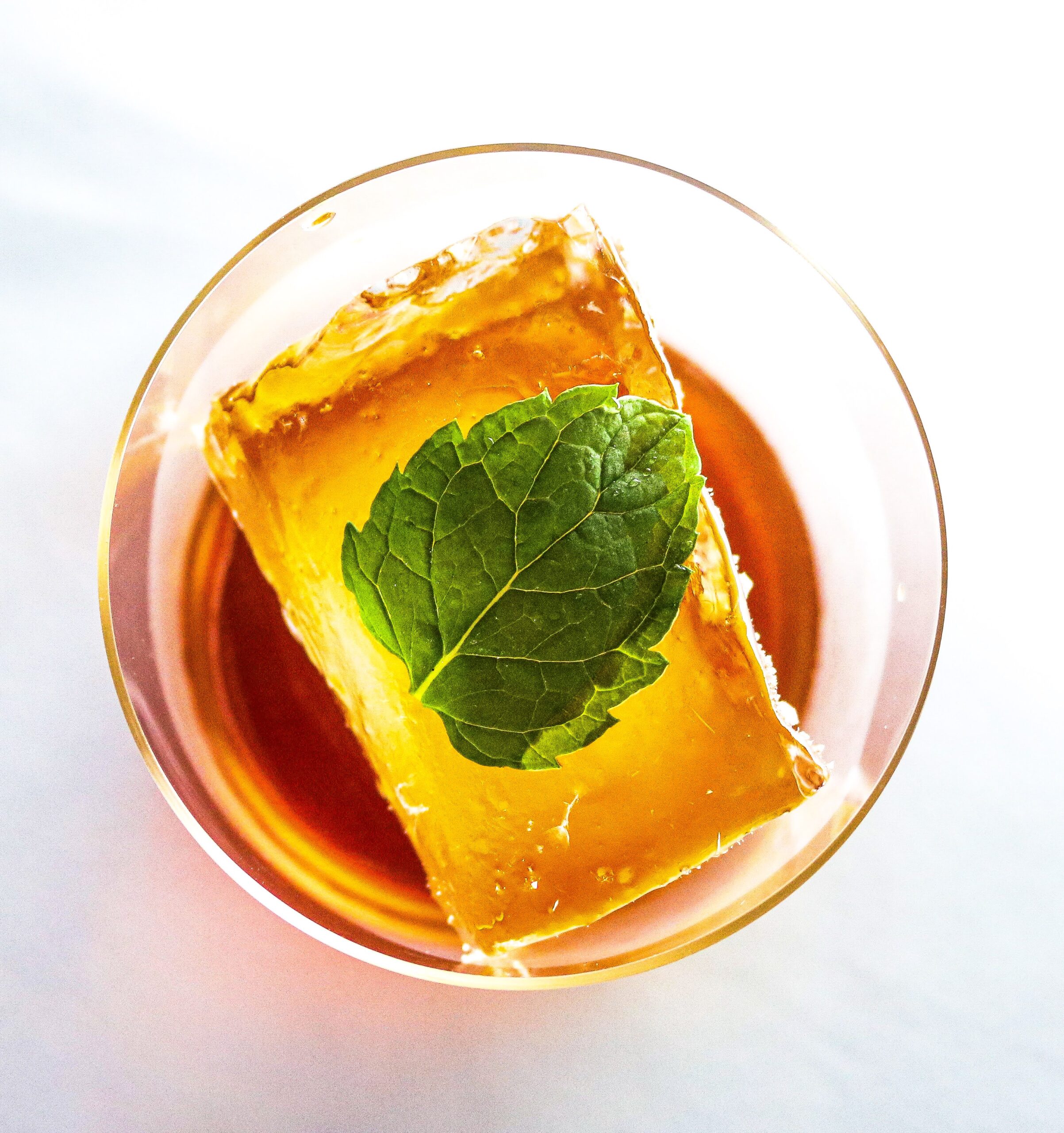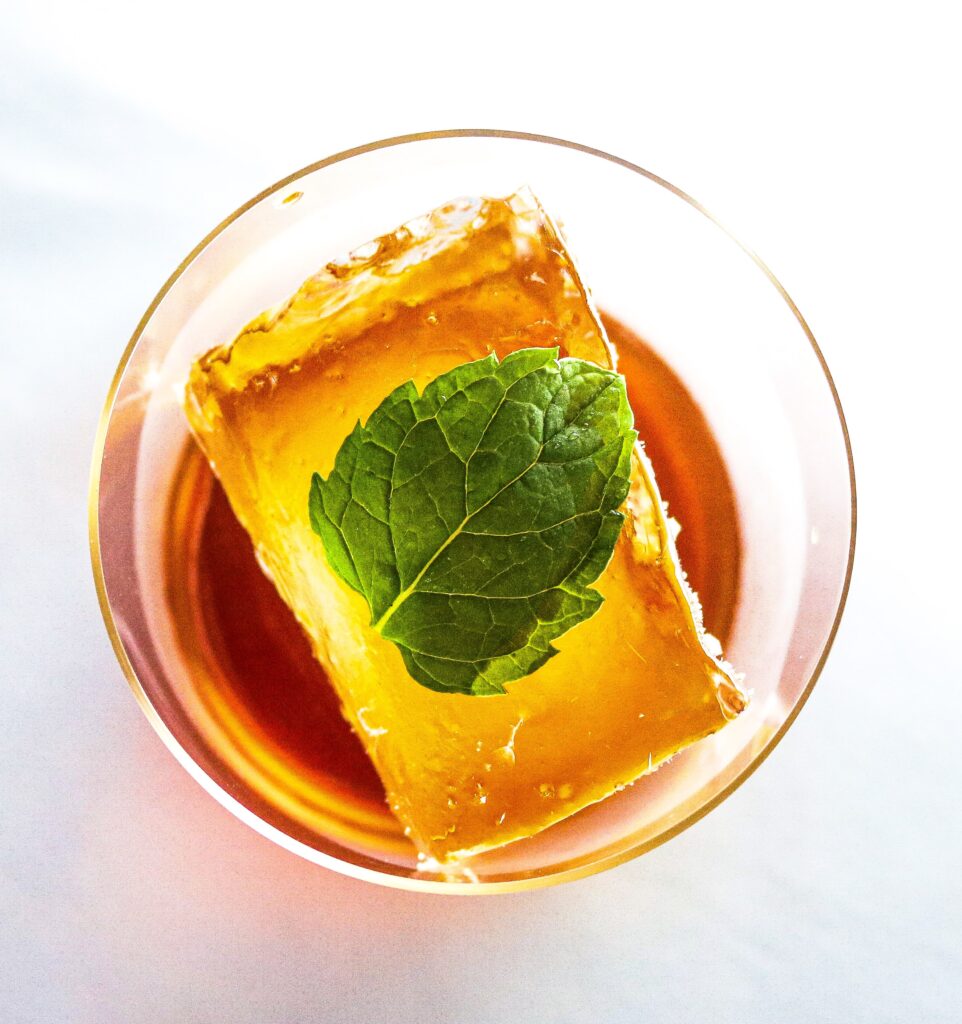CABIN CHIC
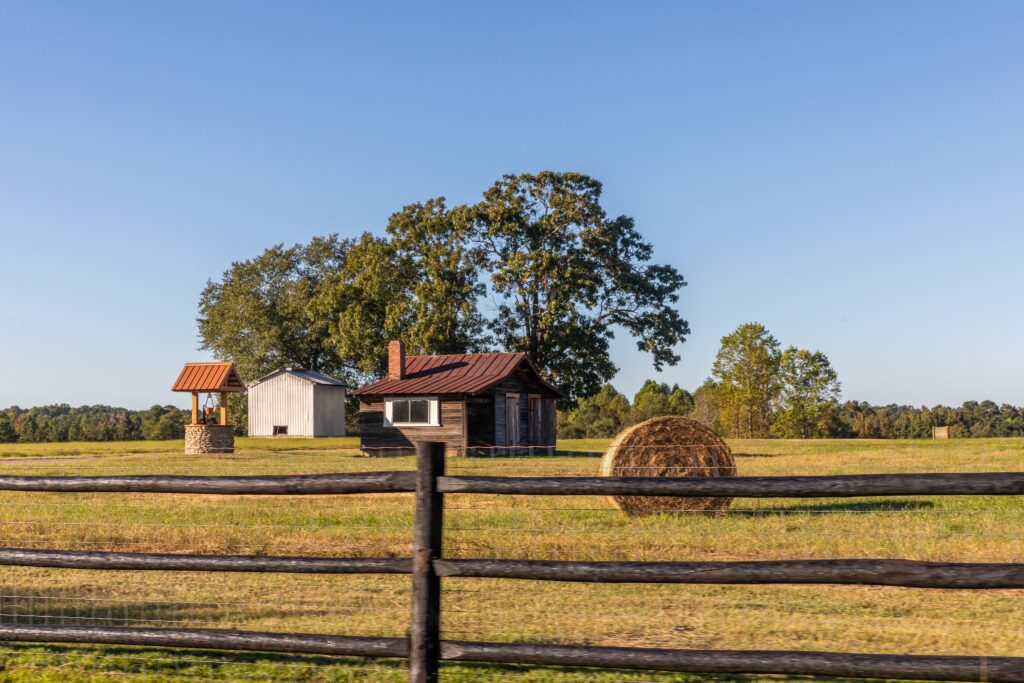
Cabin Chic
Destination down a dirt road
By Deborah Salomon • Photographs by John Gessner
Interesting people pull together interesting houses, sometimes for themselves, other times as business ventures.
“Interesting” barely describes Graham Settle, who grew up in a Sanford family of veterinarians; whose educational background stretches from East Carolina University to Harvard; whose careers extend from Wall Street to international diplomacy; and whose passport entries – including Afghanistan during tense times — would make Marco Polo envious.
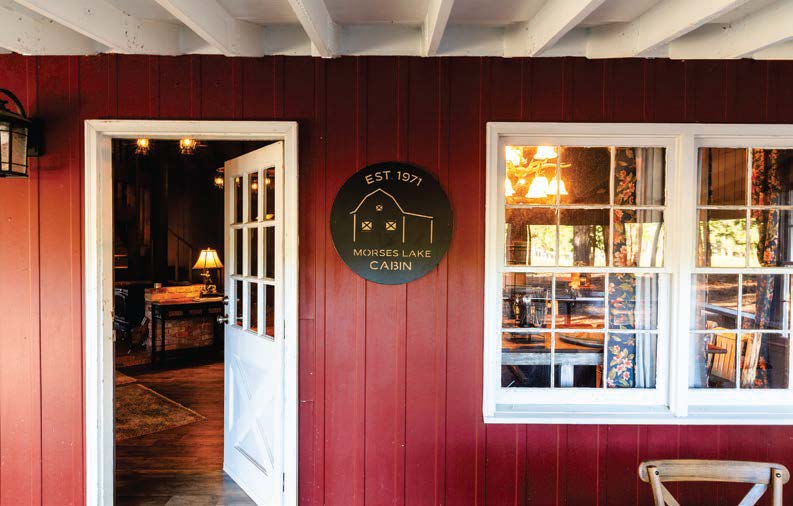
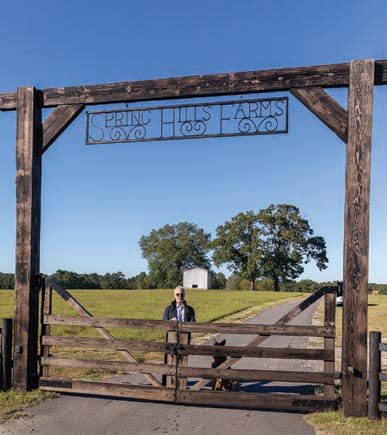
“After 18 years living abroad with diplomatic credentials, my wife and I decided on a career as a free agent for global missions,” Settle says. “We had narrowed possible places (for home base) down to three: Singapore, Tirana (Albania) and Pinehurst.”
But when humans plan, fate may have other ideas. Shortly before making the move, Settle’s wife died of a brain aneurysm, leaving him alone with two young children.
In February 2014 he left Kazakhstan with the children, a kitten and six duffle bags to bring his wife’s remains back to the United States. Although not on the original list, they moved into a condo in Raleigh. Before long, Settle decided to home-school the children by traveling the world for a year.
Fast forward . . . they’re college age now, and Dad, shadowed by his German shepherd named Oscar, isn’t a pipe-and-slippers guy. He needed a project, somewhere to reclaim his roots. No surprise, then, that his real estate portfolio opens with the nation’s largest, if defunct, truffle farm.
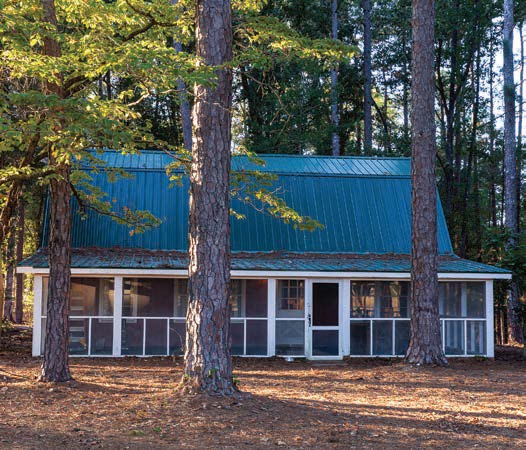
In Carthage. Who knew?
Truffles, ultra-gourmet ,uber-ugly tubers (not mushrooms or rich chocolate bonbons), grow underground, requiring trained pigs or dogs to sniff them out. Prices start in the neighborhood of $200 per ounce and, depending on the variety, can run into the thousands.
But why would this adventurous world traveler want to farm truffles, no matter how exotic?
He doesn’t, really.


The wild and wooly 250 acres of Spring Hills Farms he purchased in 2020, in addition to the bankrupt truffle farm, suited another plan: a venue for weddings, business retreats, family holidays and other gatherings supervised by Mother Nature. Settle allowed air conditioning and cell access but, sorry, no Wi-Fi, no TV. Instead, on chilly nights, logs radiate heat from the east iron woodstove.
To protect the wildlife (whom he feeds) from coyotes Settle fenced the acreage, an act he compares to framing a work of art. This frame measures more than 3 miles. He paid five figures to bury wires visible from the cabin, which faces Morses Lake, and is accessed by a narrow, bumpy dirt road.
Settle describes the cabin, built in 1971, as “the middle of nowhere, the center of everything.” Quite the approbation, coming from a man who has been on the edge of everywhere and done an awful lot. But the cabin, formerly used to prep veggies to feed the truffle hogs, needed work. It had to remain “rustic,” a la Country Living, but luxurious enough to draw the Range Rover crowd.
Practical, too. Even fun.
The interior is an open two-story space with 15 windows and a sleeping loft. The kitchen corner (gas stove, dishwasher, jumbo fridge, copper-glass backsplash) has an interesting 6-foot-square table on wheels and original cabinets, all suitable for caterers. The loft accommodates two double beds arranged on a cashmere rug, from Mongolia, no less. Beneath the loft, a mattress fits a cedar swing, suspended by ropes, creating another sleeping space. Pine plank walls are painted charcoal navy, while the reddish ceiling fans evoke a tiki bar. A round leather rust-colored ottoman/storage unit houses a feather-down topper quilt brought back from Pakistan.
A Tiffany floor lamp passes for authentic, though Settle says everything is either a knock-off or secondhand, including a magnificent 9-foot tufted leather sofa where Oscar, Settle’s constant companion, is allowed to nap. The effect is masculine casual, a whiff exotic, except for the flowered curtains — chosen by Settle’s three sisters — of the Laura Ashley persuasion. For the kicker Settle opens an interior door with a flourish. “Hemingway cabin; Martha Stewart loo,” he says with a grin. The toilet-bidet combo sports a heated, lighted seat.
Spring Hills Farms has hosted one small wedding ceremony by the lake, with guests seated on benches made from split tree trunks and the reception under a tent.


There’s no denying the calm, the peace, of being surrounded by nature, its vistas, sounds and aromas. Settle has a place in Seven Lakes, also the Raleigh condo, but his heart remains in rural Moore County.
Destination weddings are all the rage. Safari, anyone? Spring Hills Farms is reaching out to city slickers weary of hotel extravaganzas, riverboat cruises and Caribbean beaches. Oscar and those thousand-dollar truffles are waiting just down Union Church Road.



